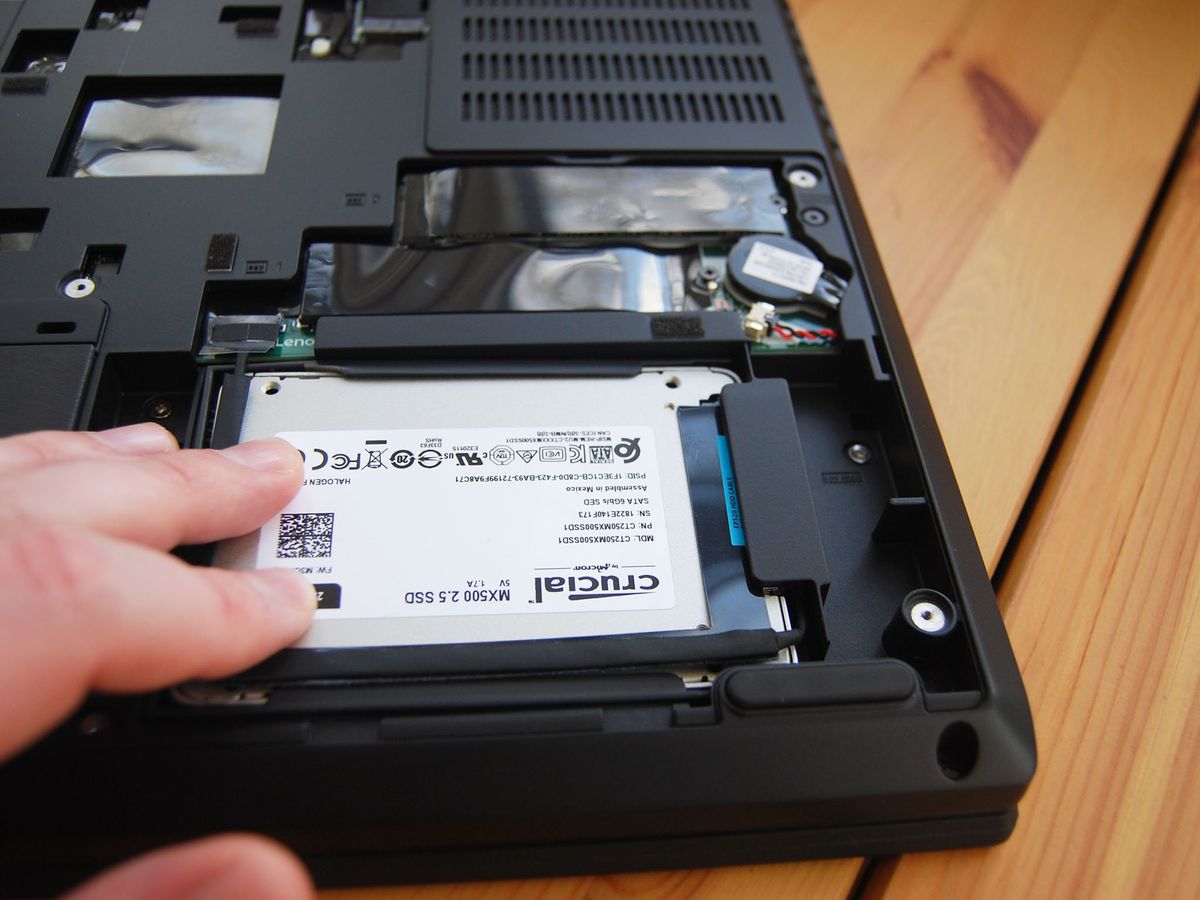
The Lenovo ThinkPad P52 is designed as a mobile workstation, and it brings plenty of space for M.2 solid-state drive (SSD) storage, as well as a spot for a 2.5-inch SATA drive. Most models ship from the factory with at least a 2.5-inch hard-disk drive (HDD), which keeps the cost down while still offering plenty of space. However, if you need more space or you want faster storage, you can upgrade the 2.5-inch HDD with relative ease. Here's everything you need to know to complete the process.
Hardware and software to get the job done
- 2.5-inch SATA SSD: Samsung 860 EVO SSD (From $58 at Amazon)
- Enclosure for cloning: Inateck SATA drive enclosure ($20 at Amazon)
- Cloning tool: Macrium Reflect 7 (Free at Macrium)
- Prevent damage: Rosewill anti-static wristband ($6 at Amazon)
- All required tools: ORIA PC toolkit ($33 at Amazon)
- Mobile workstation: Lenovo ThinkPad P52 (From $1,349 at Lenovo)
How to upgrade the HDD in your Lenovo ThinkPad P52
Note: Before beginning any upgrades on a PC, it's a good idea to back up your data in the unlikely event something should go wrong. You'll also want to ensure you're not working in a static-filled environment, as it can cause damage to a PC's internal hardware. Consider investing in an anti-static wristband to avoid unnecessary damage.
Thanks to having plenty of room inside its thick chassis, Lenovo's ThinkPad P52 has two slots for M.2 solid-state drives (SSD) — which can be upgraded — and a spot for a 2.5-inch SATA HDD or SSD. Since models come from the factory with a relatively slow HDD, we recommend upgrading to Samsung's 860 EVO SATA SSD, which brings improved performance up to 4TB in size.
If you have a model without a secondary M.2 PCIe SSD, Windows 10 will be installed on the original 2.5-inch drive. In this case, you can clone all data, including the OS, over to the new 2.5-inch drive, or you can do a clean install of Windows 10 to start completely fresh.
If you're cloning to a new 2.5-inch drive, we've had much success using Macrium Reflect, and have written a guide to help you through the entire process. You'll also want to pick up an external SATA enclosure that can be used to clone to old drive to the new one before the swap.
Once you've made the necessary data backup and have completed any drive cloning, clear out a well-lit workspace and power down your ThinkPad P52 before starting with the steps below.
- Unscrew the six fasteners on the quick-access panel using a Philips-head screwdriver. The screws can't be removed completely to ensure none are lost.
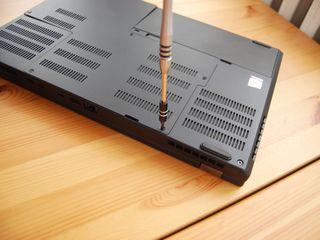
- Lift up the access panel with a thumb or pry tool. Notice there's a notch along the edge to easily get it up.
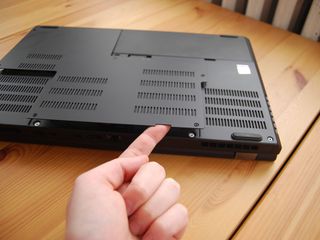
- Press the HDD mount clip on the back end of the drive so that it detaches. This is best done using a pry tool.
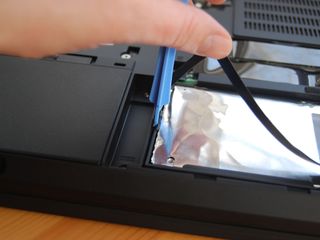
- Pry up the HDD and mount using a pry tool. It should come loose with relative ease. Be careful you do not damage the SATA connector that runs along the top of the HDD.
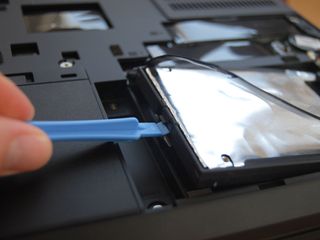
- Unplug the SATA connector from the end of the HDD.
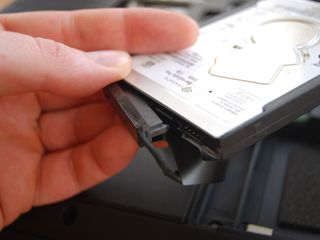
- Remove the plastic gasket from around the HDD. It pulls out without the need for tools.
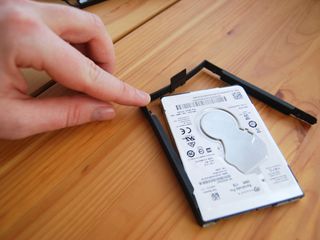
- Attach the plastic gasket to the new storage drive. Notice there are plugs for the usual screw holes along the side of the HDD.
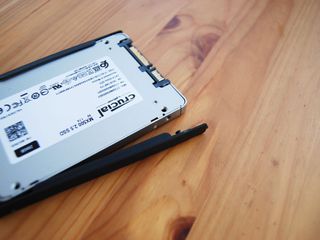
- Reattach the SATA connector to the new storage drive. Notice that it will only fit one way.
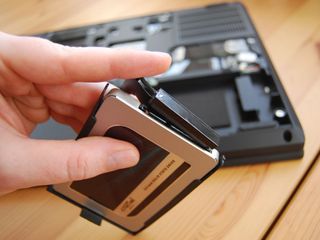
- Slide the new storage drive into the mount in the laptop. Realign the SATA cable so that it's not in the way.
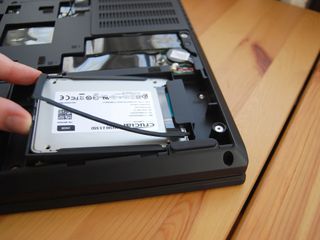
- Press down on the new drive until the end clip clicks into place. This secures the drive.
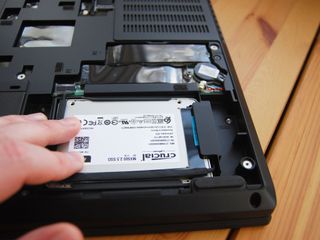
- Replace the access panel, lining up the fasteners with the silver holes.
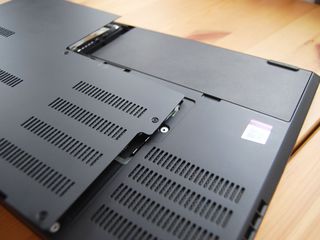
- Screw in the six fasteners attached to the access panel.
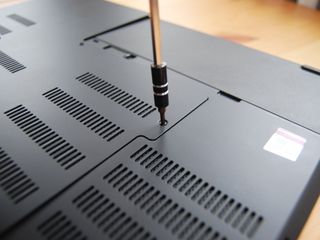
You can now boot up your ThinkPad P52 to check if the storage upgrade went according to plan. If your system doesn't automatically recognize the new drive, check out our guide on how to format a new drive to get it working properly.
Get the Windows Central Newsletter
All the latest news, reviews, and guides for Windows and Xbox diehards.
Our top hardware and software picks
Our pick for an upgrade is Samsung's 860 EVO 2.5-inch SATA SSD, which adds better performance and can add more space depending on the size you buy.
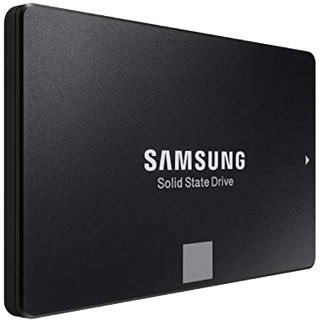
Up to 4TB of speedy storage
Get read speeds up to 550 MB/s and write speeds up to 520 MB/s for superior performance, and take advantage of a 5-year warranty. If you're going to the trouble of replacing your HDD, do it right with the 860 EVO.
It's thick and it's heavy, but the ThinkPad P52 brings a powerful collection of hardware focused on design and development, a beautiful 4K display, outstanding keyboard, and plenty of ports. A quick-access panel on the back makes it easy to access RAM slots, SSD slots, and 2.5-inch storage.
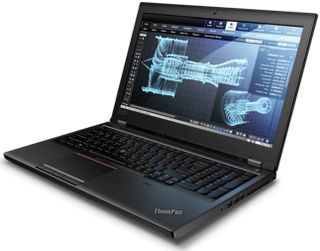
Trade performance for portability
The ThinkPad P52 trades portability and battery life for outstanding performance. The 4K display is beautiful, there are plenty of ports, the keyboard is top-of-class, and you can upgrade hardware down the line to keep the laptop relevant into the future.
Additional Equipment
To make the upgrade process easier and less risky, consider investing in some of these affordable PC tools, and don't forget about Macrium Reflect for those who want to clone drives.

Inateck SATA enclosure ($20 at Amazon)
If you'd like to clone the 2.5-inch HDD's data over to your new storage, an external enclosure will facilitate the process. Insert the new SSD or HDD into the enclosure, plug it into your laptop with USB-C or USB-A, and let the cloning software take over.
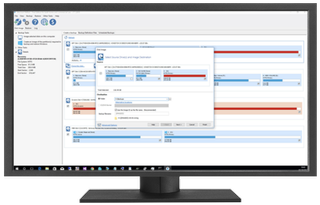
Macrium Reflect 7 (Free at Macrium)
We've had success cloning drives with Macrium Reflect 7, and have even written a complete guide on how to use it properly. A free edition is available, but you can purchase a full edition with a bunch more features for those who truly take backups seriously.
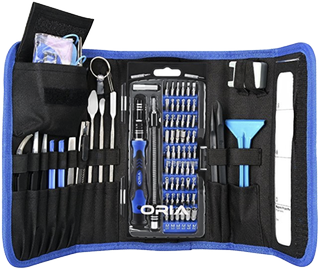
ORIA PC toolkit ($34 at Amazon)
Having the proper gear to work on your PC will always make the job much easier. Here you get a plethora of tools contained in a portable case.
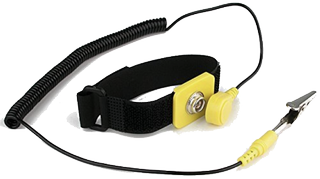
Rosewill anti-static wristband ($6 at Amazon)
Static electricity can damage sensitive PC parts, so remove the risk with an anti-static wristband. Fasten it around your wrist and clip it onto your PC for peace of mind.

Cale Hunt brings to Windows Central more than eight years of experience writing about laptops, PCs, accessories, games, and beyond. If it runs Windows or in some way complements the hardware, there’s a good chance he knows about it, has written about it, or is already busy testing it.